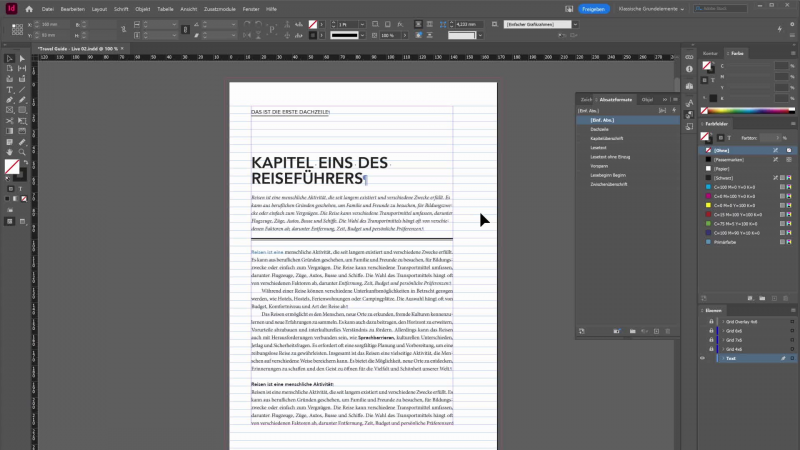This course provides additional learning material for a lecture held at NDU. Sign in or sign up as an NDU student to get access to this and other NDU courses.
Sign in Sign up as NDU student
- Course: CGI and Product Visualization (NDU Elective)
- Lessons: 27
- Publication Date: 2018-10-01
- Supplementary Material: nein
- Accessible for:
- NDU Students
- Views: 1160 views
This elective provides a fundamental introduction into product visualization using CGI (Computer Generated Imagery). Non-parametric 3D modelling is our main focus.
In parametric modelling, the emphasis is usually on a more mathematical workflow, simple editing, precise sizing and logical relationships between objects. A non-parametric workflow, on the other hand, provides more creative freedom and flexibility: The geometry of objects is directly modified using polygonal surfaces and there are hardly any creative limits as to what can be built. The final renderings usually look visually more appealing and realistic.
By the way: In this elective we work with Blender3D, an open source software, which is considered to be largely on a par with (some would say, superior to) commercial alternatives. In any case, the fundamental concepts in different CGI programmes are very similar, thus, the skills acquired in this course can be easily translated to any other software package (be it Maya, Cinema4D, Modo, 3Ds etc.).
Learning Objectives
Uisng Blender3D we first concentrate on learning simple modelling techniques for “hard surfaces”. We then work with complex materials and textures, set lights and cameras and create high-resolution renderings (and, if time allows, even short animations). Furthermore, falling back on skills acquired in image editing programmes (like Adobe Photoshop), we also work with simple compositings (plates, environments, render passes etc.). A modern node-based workflow, also common in specialised compositing packages like Nuke, Natron or Fusion, will become our most important tool.







